Nach einer 2-jährigen Auszeit meinerseits vom Donaufestival begab ich mich dieses mal mit dem Vorsatz nach Krems mir das ganze Spektakel mit allem drumherum, inklusive Ausstellungen anzusehen. Aus Zeitgründen wurde daraus dann nur ein kleiner Spaziergang durch Krems mit anschließender Abendveranstaltung.
In der Kunsthalle durfte ich meinen Kopf in John Bocks Rauminstallation “krumme Verwirrungen mit Zinseszinsen” stecken. Ein verschachteltes, an Kinderspielplatzhäuschen erinnerndes Holzgestell, in dem Bock Monitore platziert, die 11 seiner in den letzten 7 Jahren entstandenen Videos abspielen. (noch zu sehen bis 24. Juni, www.kunsthalle.at)
Im Kino im Kesselhaus hielt Robert Seidel einen Vortrag, eine Art “Artist Talk”, über sein weltweites Schaffen als Visualist in der Kunstszene. Anschließend gabs dann eine 20 minütige Performance, abstrakte Bilder auf die Kinoleinwand projiziert, begleitet mit Live-Sound. (www.robertseidel.com)
Lustmord, ein walisischer Industrial- und Dark-Ambient-Musiker, auch Sound Designer, durfte die Minoritenkirche bespielen. Eine dunkle Klangkollage, untermalt mit sich verformenden Feuer-Tintenklecksbildern, abermals nur auf einer rechteckigen Fläche präsentiert. Dröhnenden Bässe brachten die Fenster des Klangraumes zum klirren. (www.lustmord.com)
Beim Messegelände angekommen hopsten schon Sabina Marte mit ihrer Performance “Hotel Totale” auf der Bühne. Die 2 Damen bedienen sich 3er Projektionsflächen und elektronischen Beats zur erzählung ihrer Narration. Als weitere Akteurin taucht immer wieder die Hotelmanagerin auf der Leinwand auf, klatscht Beifall und gibt den Performerinnen Anweisungen. Abgelenkt von einem hungrigen Bauch, einem großen Bier und eine lang nicht mehr gesehene Bekannte konnte ich nicht die ganze Geschichte mitverfolgen.
Endlich wars dann soweit: meine 2 Hauptgründe dieses Festival zu besuchen:
Chris Cunningham: Ein britischer Regisseur, der Ende der 90er Musikvideos, vor allem in meinem damaligen Genre, drehte. (Placebo, Portishead, Autechre, Aphex Twin, Björk, Leftfield, Squarepusher,…. auch Madonna siehe: http://www.popzoot.tv/cliparchiv/suche.php3?search=chris+cunningham)
Ursprünglich studierte er Malerei und Bildhauerei, beschäftigte sich weiter mit Silikonmodellen und Speziealeffekten, arbeitete als Assistent in amerikanischen Science-Fiction-Filmen, entwickelte dort Roboter und Kreaturen, wobei er auch Stanley Kubrik kennenlernte, für den er in “A.I.-Künstliche Intelligenz” mitwirken sollte, welcher damals aber nicht fertig gestellt werden konnte. 1999 erhielt er hierzulande gemeinsam mit Aphex Twin´s “Come to Daddy” den Prix Ars Electronica. 2000 wurde seine, ebenfalls mit Aphex Twin produzierte Rauminstallation “Flex” in der Royal Academy of Arts in London ausgestellt, die 2 nackte, sich ringende und prügelnde Menschen zeigt. Sein Kurzfilm “Ruber Johnny” (2005) zeigt das Leben eines durch Inzucht gezeugten und von seinen Eltern in einen Keller gesperrten Kindes.
In seinen Videos herrscht strenge Synchronisation von Bild und Ton vor. Digitale Effekte und Schnitt werden an die Rhythmik der Musik angepasst, menschliche Körper deformiert, transformiert und technisiert, im Gegenzug dazu Roboter humanisiert (siehe Björk-Video “All is full of Love”).
Die letzten paar Jahre hat er sich doch immer mehr dem Sound zugewandt und produzierte für Grace Jones und Gil Scott-Heron. chriscunningham.com
Pantha du Prince: Ein deutscher Musikproduzent und DJ, der mit seinen elektronischen Beats kaum vom Raster abweicht, es aber dann doch fein untermalt mittels Glockenklängen oder derart wieder auflöst. Sein letztes Album “This Bliss” besteht zum Teil aus Fieldrecordings der Schweizer Alpen. Er versuchte hier das unhörbare hörbar zu machen, geschnürt zu einem clubfähigen Sound. www.panthaduprince.com
Es war wirklich interessant zu sehen, was die beiden Herrn so live auf der Bühne von sich geben:
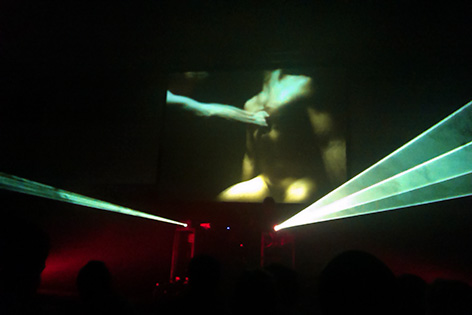
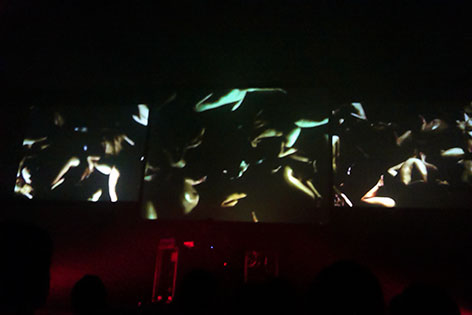 Chris Cunningham erschien mit einer schüchternen Handgeste begrüßend, um sich gleich darauf wieder hinter seine schwarzen Pulte zu verkriechen. Am Screen konnte man mitverfolgen wie ein Stecker angeschlossen wurde. Der Sound startete und drei Laser strahlten quer durch die Halle, um an der Rückwand immer wieder aufflackernde Muster zu erzeugen. Bilder, vorwiegend technischer Natur, lösten sich langsam mit menschlichen Gestalten ab. Auf 5 Projektionsflächen der großen Halle des Festivalgeländes würfelte Chris Cunningham sein, zum Teil schon bekanntes Videomaterial abwechselnd mit Lasershow synchron zum Ton auf. Ein Mädchen, deren Lippen sich aufrollten, deren Körper sich aufbäumt, Bilder der Rauminstallation “Flex”, die tanzende Frau aus seinem The Horrors-Video, ein entfremdetes Mädchengesicht aus einer seiner Promotionvideos und auch Grace Jones Körper, zuckend zum Sound, war zu sehen.
Chris Cunningham erschien mit einer schüchternen Handgeste begrüßend, um sich gleich darauf wieder hinter seine schwarzen Pulte zu verkriechen. Am Screen konnte man mitverfolgen wie ein Stecker angeschlossen wurde. Der Sound startete und drei Laser strahlten quer durch die Halle, um an der Rückwand immer wieder aufflackernde Muster zu erzeugen. Bilder, vorwiegend technischer Natur, lösten sich langsam mit menschlichen Gestalten ab. Auf 5 Projektionsflächen der großen Halle des Festivalgeländes würfelte Chris Cunningham sein, zum Teil schon bekanntes Videomaterial abwechselnd mit Lasershow synchron zum Ton auf. Ein Mädchen, deren Lippen sich aufrollten, deren Körper sich aufbäumt, Bilder der Rauminstallation “Flex”, die tanzende Frau aus seinem The Horrors-Video, ein entfremdetes Mädchengesicht aus einer seiner Promotionvideos und auch Grace Jones Körper, zuckend zum Sound, war zu sehen.
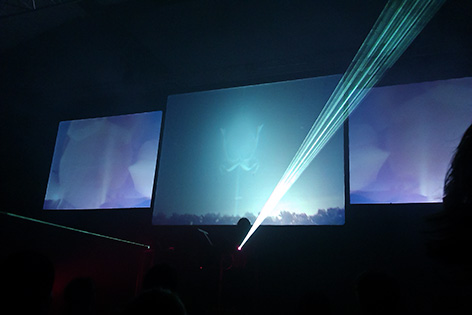

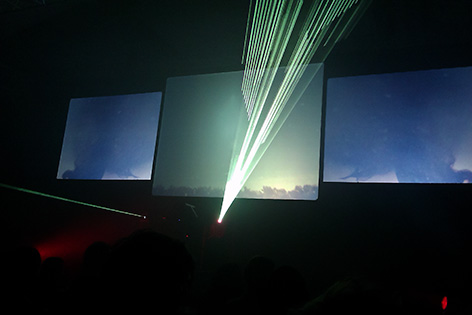
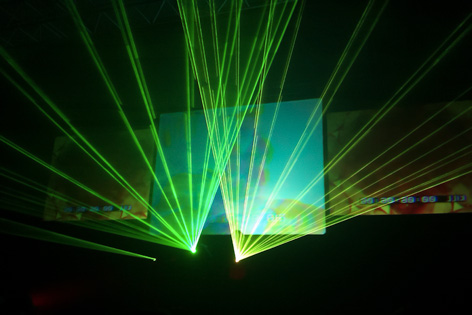
Diesmal in blau gehüllt, performte Pantha du Prince die Songs der letzten Platte, ausgeschmückt und in die Länge gezogen.
Die vom Donaufestival vorangekündigte “Lichtshow” bestand aus einem Würfel mit einer Größe von ca. 0,5 x 0,5 m, der neben seinem Equipment platziert war und ein Mobile in sich trug, das mit kleinen Ventilatoren in Bewegung versetzt wurde. Dieses Mobile konnte man abgefilmt, in unerkenntlich vergrößerter Art und Weise auf den 5 Screens betrachten.
Leider bin auch ich ein Opfer der zum falschen Zeitpunkt versagenden mobilen Gerätschaften und konnte keine Bilder davon schießen. Ein netter Mann mit Kamera, den ich darum ersuchte, wollte mir mailen, er hat sichs aber dann doch anders überlegt oder ich hab ihm meine Adresse falsch in sein I-Phone getippt.
Das Donaufestival arbeitet sehr strikt daran den Rauchern ein garaus zu machen. Die Konzerte der Halle 2, die sich zeitlich punktgenau mit denen der Halle 1 abwechseln, sind bei mir dadurch ein bisschen verdunstet.
Die Allgemeinstimmung, soweit ich das beurteilen konnte, war hier wesentlich heiterer und ausgelassener als bei den vorhin beschriebenen Events. Das mag wahrscheinlich auch an den Performern selbst liegen, die wesentlich mehr Nähe zum Publikum aufbauten (was aber nicht heißen muß, das nicht heiter = schlecht ist)… oder vielleicht lags auch einfach nur an den bunten Bildern, ohne Blut und Gewalt, und ohne der Kälte von Panda du Princes blau.
Felix Kubin wurde ebenfalls von live gefilmten Visuals begleitet, allerdings von Martha Colburn, die intuitiv mittels fächern oder anderen Tricks vor der Kamera analoge Effekte erzeugt und the Walls hatten zur Ausnahme an diesem Abend mal ein “echtes” Musikinstrument dabei- eine Gitarre- allerdings auch nur elektronisch. www.felixkubin.com, www.marthacolburn.com
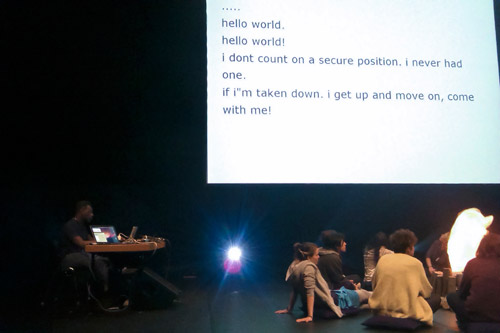
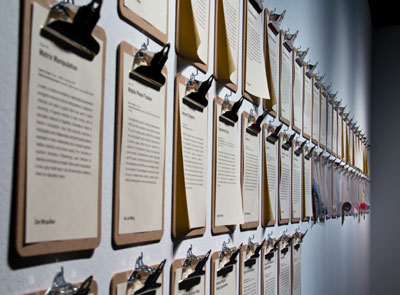
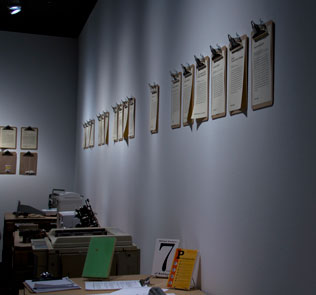
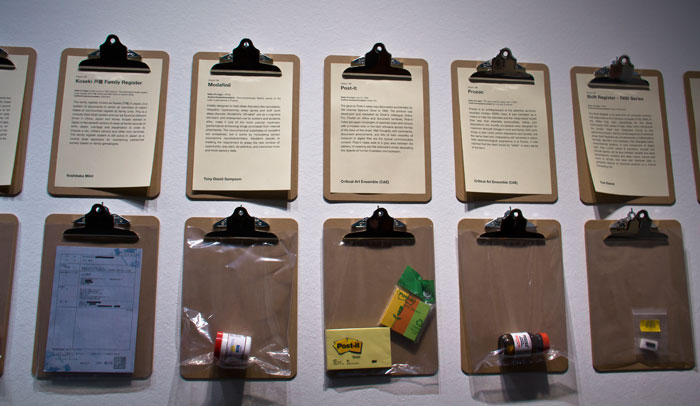
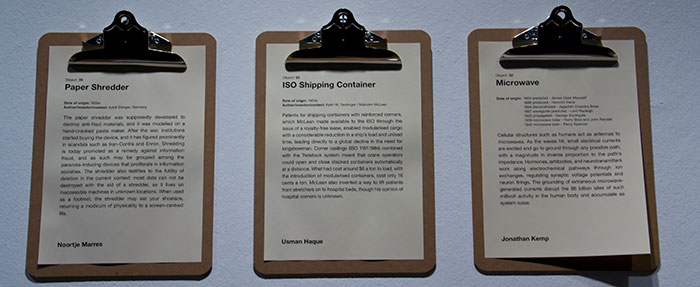
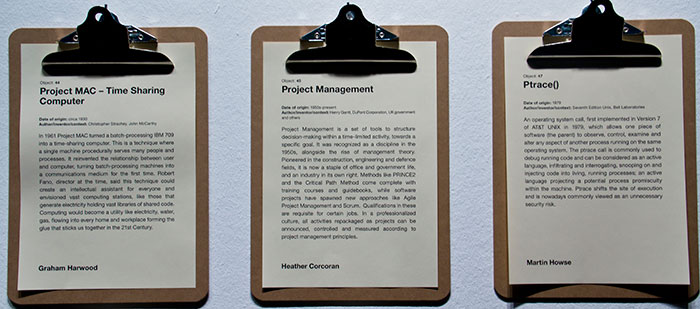
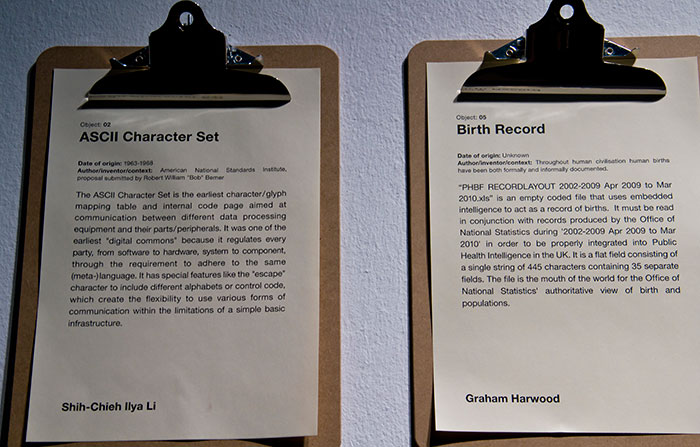
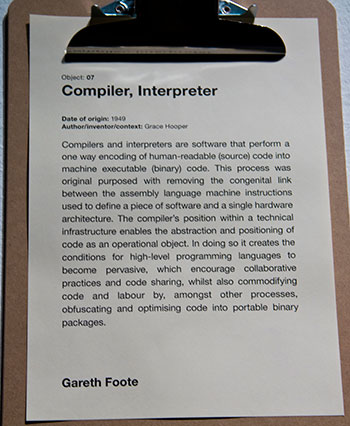
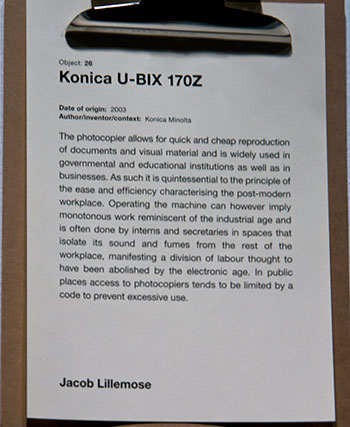
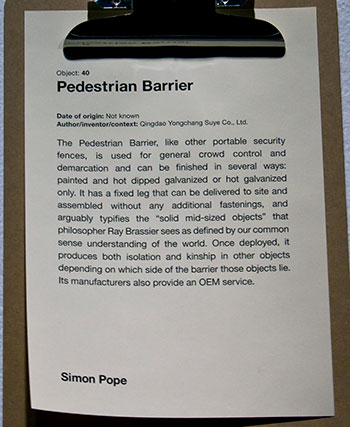

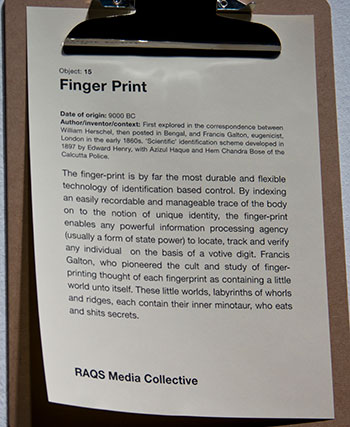
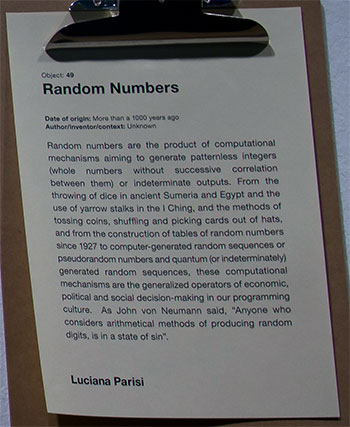
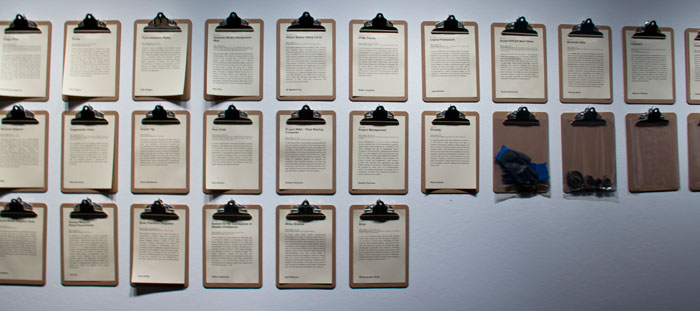
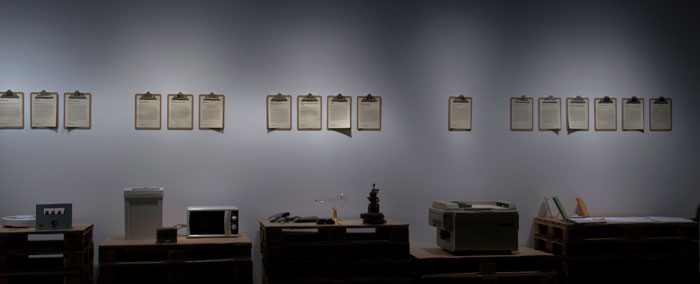







Socialize